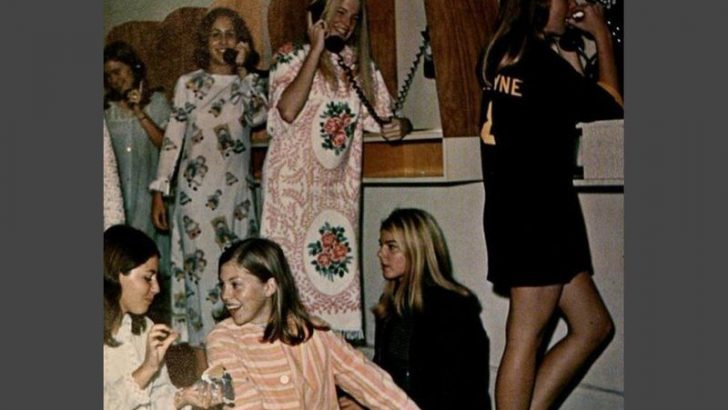The 1970s was a unique decade filled with vibrant culture and distinct habits that shaped the lives of teenagers. This post explores fourteen nostalgic activities that were a staple in every teenager’s life during this era. From the music they listened to, the ways they communicated, to the fashion trends they embraced, these activities reflect a time of simplicity and innovation. Join us as we journey back to a decade where life was analog, yet vividly colorful.
1. Roller Disco Craze
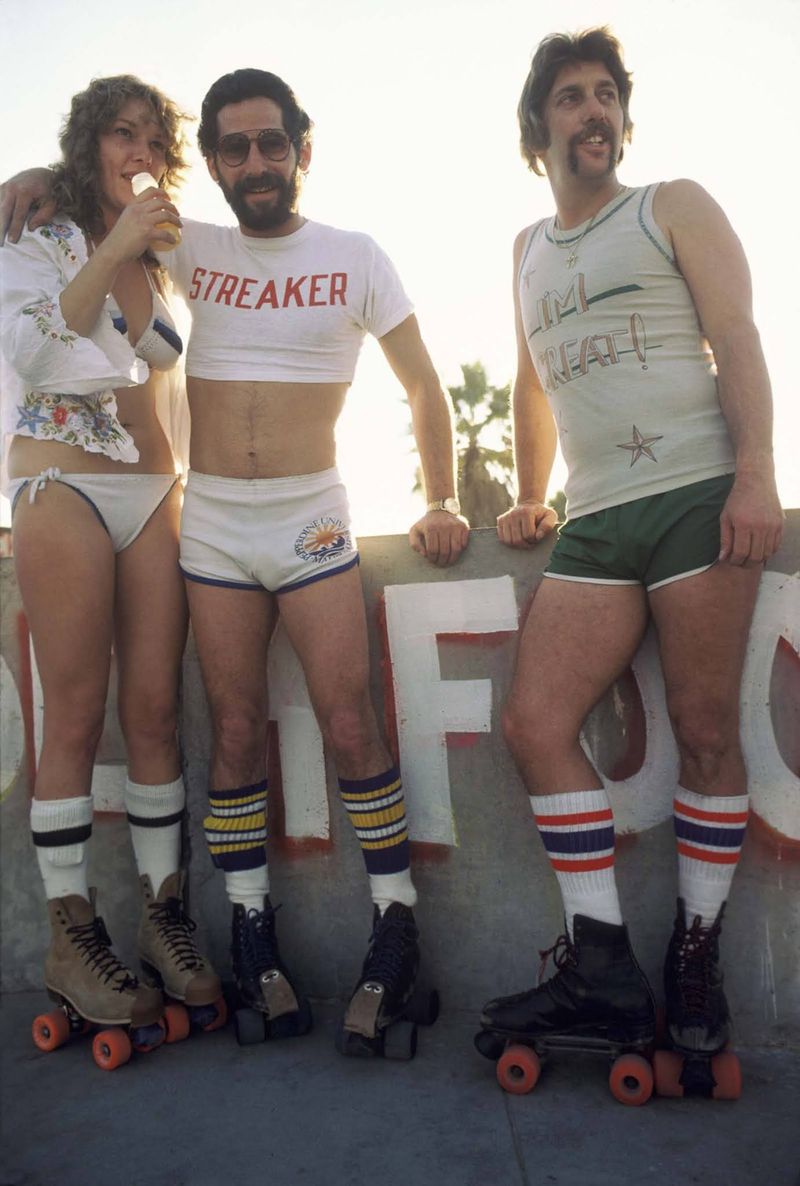
Under the swirling lights of the roller rink, the disco movement took on wheels. Teens glided in circles, grooving to the beats of Donna Summer and the Bee Gees. Roller discos were the social hub, where friendships were forged and fashion statements were made with every spin. The thrill of balancing on roller skates, combined with the hypnotic music, created an unforgettable, liberating experience. Searching for the trendiest roller skate designs was almost as important as mastering dance moves on wheels. The disco era was not only about music but also about the sense of community and shared passion for fun on the rink.
2. Vinyl Record Collecting
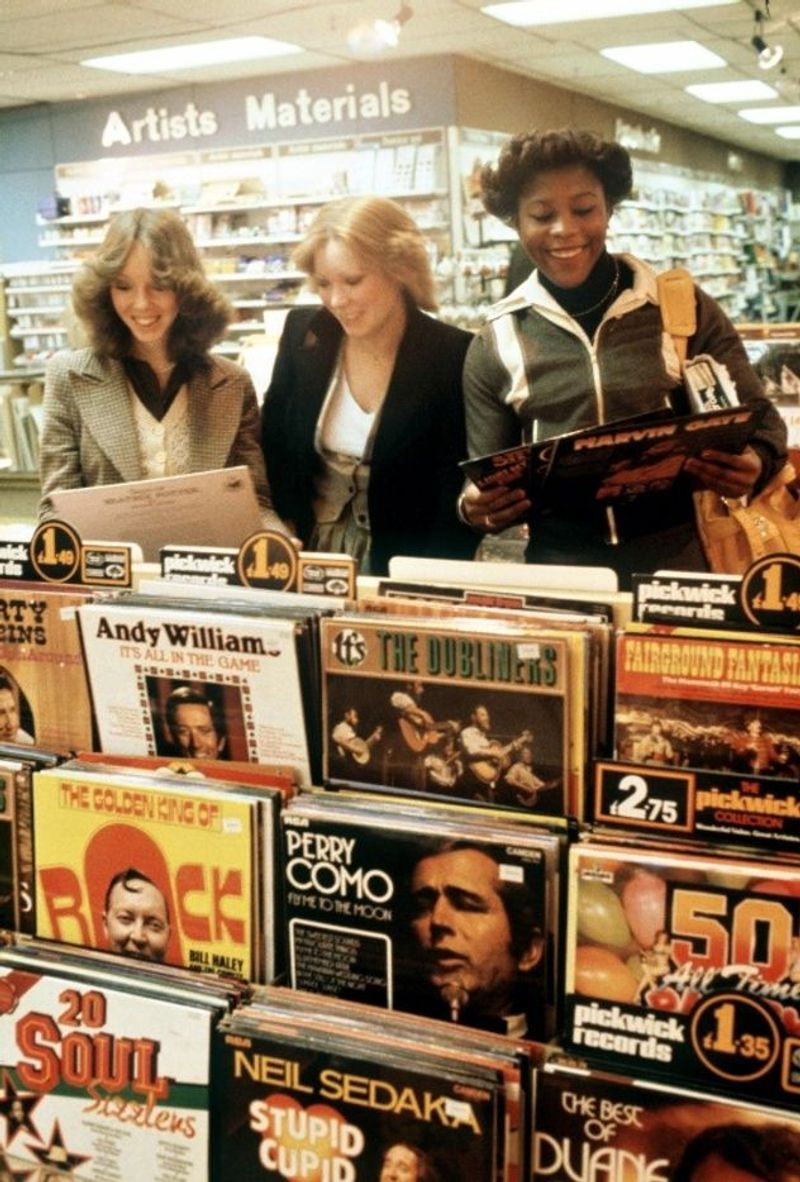
The ritual of visiting a record store was sacred. Teens would spend hours flipping through vinyls, searching for new tunes or classic hits. The tactile experience of holding a record, examining cover art, and anticipating the needle drop was unmatched. Music wasn’t just something to listen to; it was a lifestyle choice and a form of expression. Collecting records and sharing them with friends was a common pastime that connected people. It wasn’t just about the music, but the memories associated with each album’s discovery. Vinyl collecting was more than a hobby; it was a way of life.
3. Using a Rotary Phone

The click and whirr of the rotary dial was part of daily life. Calling friends involved patience and the occasional misdial. Long conversations tethered teens to the hallway, where the phone cord often stretched to its limit. Without caller ID or texting, each call was a surprise, adding an element of excitement. The rotary phone wasn’t just a communication tool; it was a centerpiece of household interaction. Family phone lines meant shared conversations and sometimes, eavesdropping siblings. The rotary phone symbolized a slower, more deliberate form of communication, where every call was a moment to cherish.
4. Polaroid Picture Taking
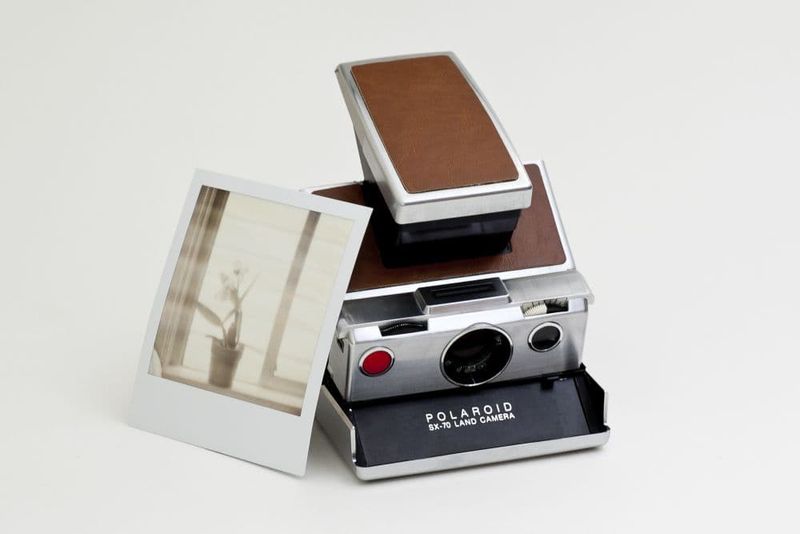
Instant gratification in the form of a Polaroid snapshot was magic. Teens captured spontaneous moments, waiting eagerly as images developed before their eyes. The square frames of Polaroids adorned bedroom walls, lockers, and scrapbooks. Each photo was unique, often with quirky notes scribbled on the white border. Polaroids offered a tangible way to remember parties, first loves, and everyday adventures. The camera itself was a prized possession, the source of countless cherished memories. Polaroid photography was an art of spontaneity, a snapshot of life’s fleeting moments frozen in time.
5. Listening to 8-Track Tapes

The clunky 8-track tape was the emblem of ’70s music listening. Despite its bulky design, it was the must-have for music lovers. Teens carried portable players, sharing favorite tracks during road trips and hangouts. The sound of a tape clicking to the next track was as familiar as the songs themselves. Unlike today’s seamless streaming, 8-tracks required patience and a love for music’s physical form. This format brought friends together, creating shared playlists long before digital mixes. The 8-track was a testament to an era when music was a tactile experience, shared and cherished among peers.
6. Sending Handwritten Letters
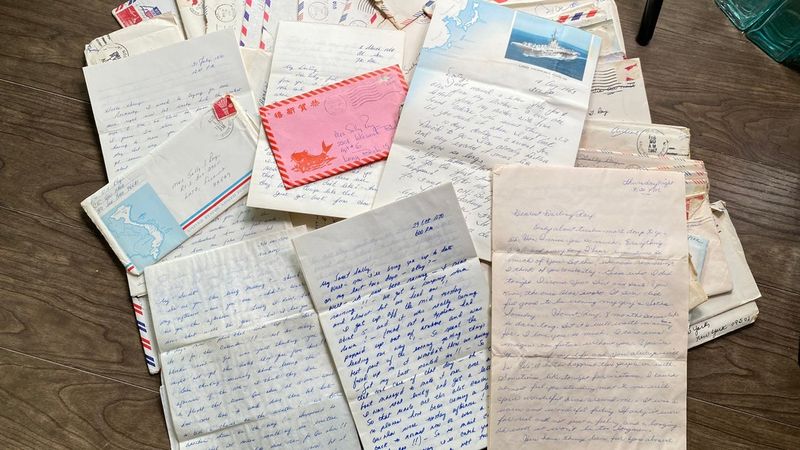
Before instant messaging, there was the art of letter writing. Teens exchanged handwritten notes filled with personal stories, doodles, and dreams. Each letter was an artifact of effort and emotion, sealed with anticipation of a response. The walk to the mailbox was filled with hope and curiosity. These letters weren’t merely communications; they were keepsakes, often stored in shoeboxes or pinned on walls. Writing letters was a personal, intimate way to connect, build friendships, and express sentiments. The tactile experience of pen on paper forged connections in a deeply meaningful way.
7. Hanging Out at Malls
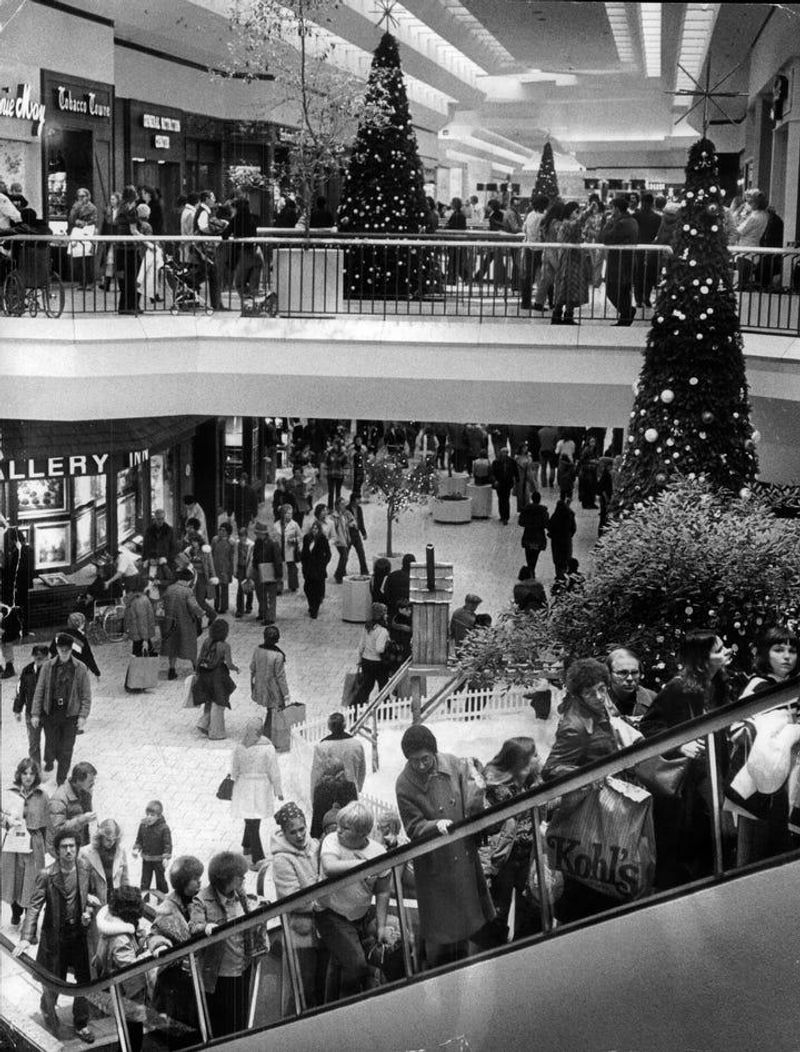
The local mall was more than a shopping destination; it was a social haven. Teens would spend hours window-shopping, people-watching, and meeting friends. Malls were a microcosm of teenage culture, where trends were born and identities explored. Food courts were the backdrop for laughter and stories shared over milkshakes. The vibrant atmosphere of bustling stores and arcades provided endless entertainment. Malls offered a sense of freedom and independence, a place where teens could escape parental oversight, if only briefly. The mall represented a mix of consumerism and camaraderie that defined a generation.
8. Making Mix Tapes

Crafting the perfect mix tape was an art form. Teens spent hours recording songs off the radio, carefully curating each track to convey a specific mood or message. Mix tapes were heartfelt gifts, often exchanged as tokens of friendship or affection. Each tape was a labor of love, complete with handwritten labels and personalized cover art. The process required patience, a keen ear, and impeccable timing. Mix tapes were soundtracks of personal stories, capturing emotions in a way digital playlists attempt to replicate. This analog practice created a deeply personal connection to music and memories.
9. Watching Drive-In Movies
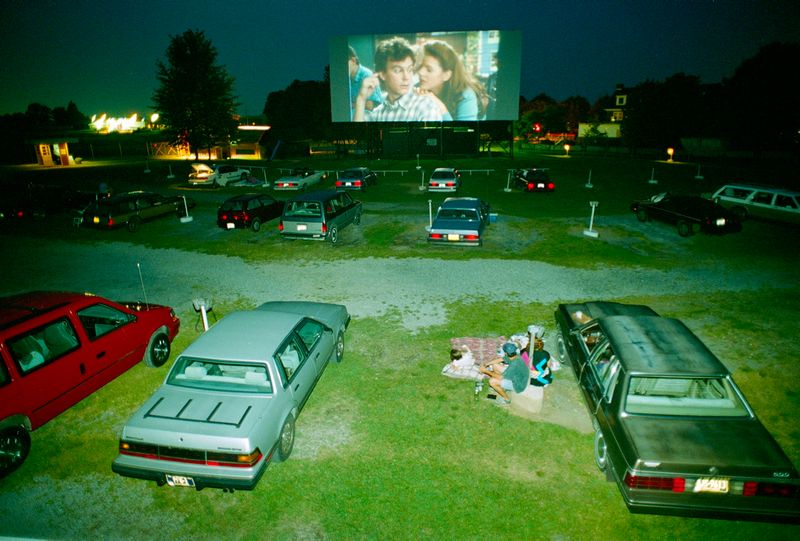
Gathering at the drive-in was a quintessential teen experience. With friends packed into cars, teens enjoyed films under the open sky. The giant screen and crackling speakers provided a unique cinematic experience. Drive-ins were as much about socializing as they were about watching movies. Snacks and laughter were shared, with the movie sometimes taking a back seat. The atmosphere was electric, filled with youthful energy and anticipation. Drive-in theaters were a symbol of teenage nostalgia, offering a blend of freedom, romance, and entertainment in a communal setting. It was an experience like no other.
10. Using Payphones
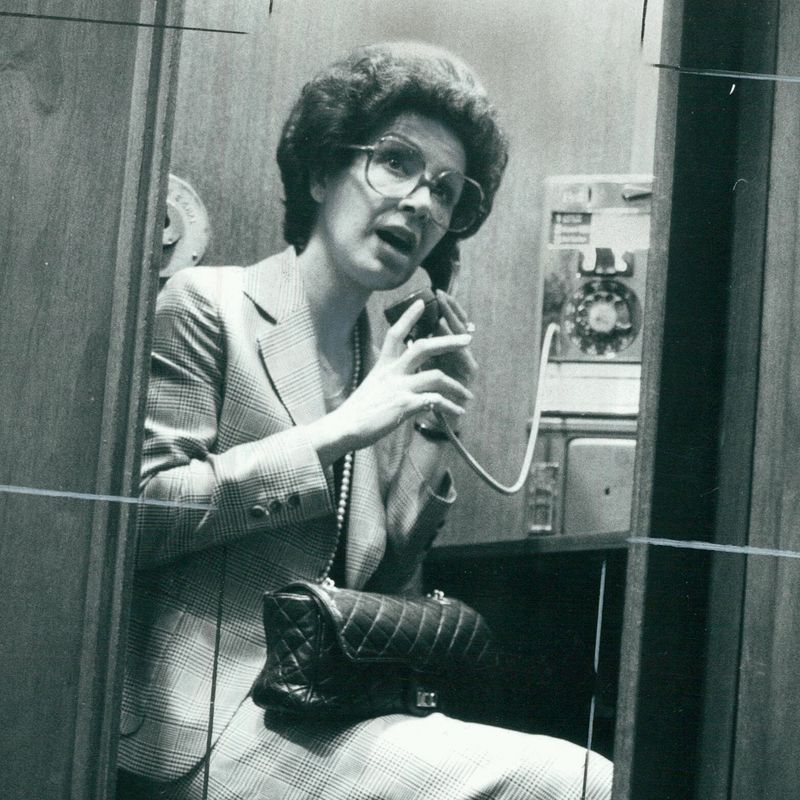
In the absence of mobile phones, the payphone was a lifeline. Teens would scrounge for coins to make quick calls from street corners. The metallic clang of the coin slot and the crackle of the line were part of the ritual. Payphones were strategic meeting points and the means to communicate on the go. There was a thrill in the anonymity and independence they offered. The booth’s privacy often held whispered secrets and urgent messages. Payphones stood as silent witnesses to countless teenage dramas, forging connections in a pre-digital age where communication was a deliberate action.
11. Participating in Sit-ins and Protests

The ’70s were marked by social change and activism. Teens took to the streets, participating in protests and sit-ins to voice their beliefs. These events were more than political; they were social gatherings. The energy was palpable, filled with hope and a desire for change. Participating in activism gave teens a sense of purpose and community. They were part of a larger movement, challenging norms and striving for a better future. The atmosphere was charged with passion and camaraderie, creating a sense of belonging. Activism in the ’70s was a powerful expression of teenage conviction and unity.
12. Skateboarding Around Neighborhoods

Skateboarding was more than a pastime; it was a lifestyle. Teens cruised through neighborhoods, mastering tricks and perfecting their style. The sound of wheels on pavement was synonymous with freedom. Skateboards provided a means of exploration, independence, and expression. Each ride was an adventure, with endless possibilities and new challenges. The culture around skateboarding fostered creativity and camaraderie among peers. It was not just about the sport but the sense of identity and community it created. Skateboarding was a rebellious, exhilarating escape from the constraints of everyday life.
13. Attending Record Hops
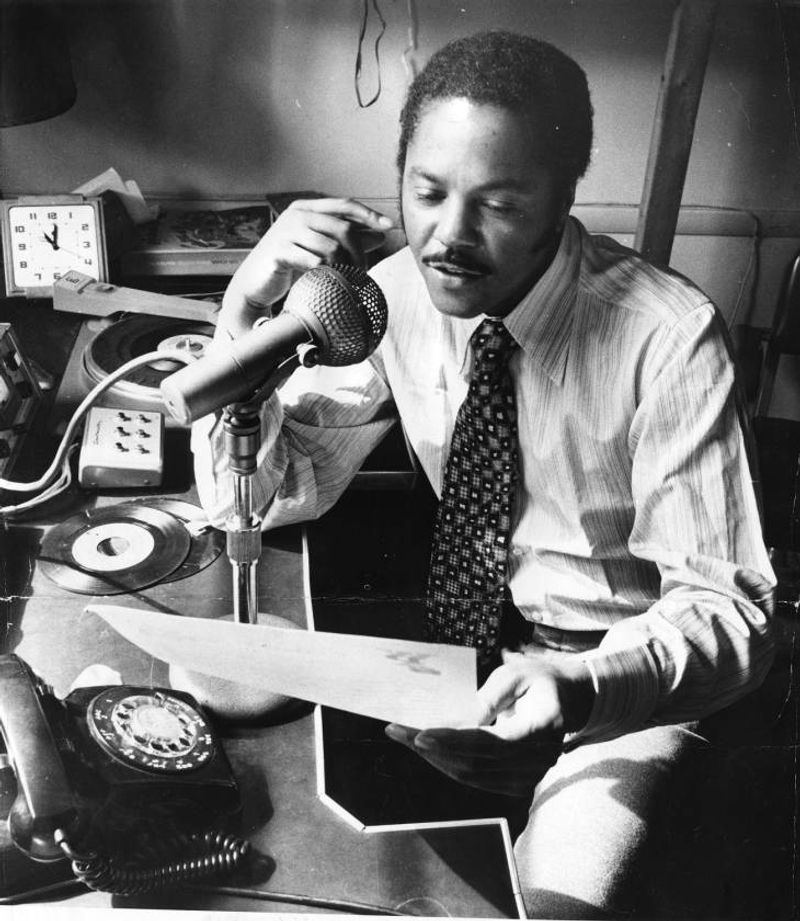
Record hops were the dance parties of a bygone era. Teens gathered in auditoriums, moving to the latest hits spun by DJs. The atmosphere was electric, filled with youthful exuberance and rhythmic beats. It was a place to show off dance moves, meet new people, and embrace the vibrant culture. Record hops were more than just parties; they were events that defined social calendars. The music was the heartbeat, guiding dancers through the night. This vibrant scene was a celebration of life, music, and the teenage spirit. Record hops were a joyful expression of freedom and community in the ’70s.
14. Fashioning Bell-Bottoms and Tie-Dye

The fashion of the ’70s was bold and expressive. Teens embraced bell-bottoms and tie-dye as symbols of individuality and rebellion. The vibrant colors and flowing designs captured the spirit of the times. Fashion was a statement, a way to express identity and align with cultural movements. Bell-bottoms swayed to the beat of disco, while tie-dye reflected a love for peace and creativity. Each outfit was a canvas, reflecting personal style and societal influences. The era’s fashion was not just about clothes but about making a statement and celebrating the freedom to be unique.

